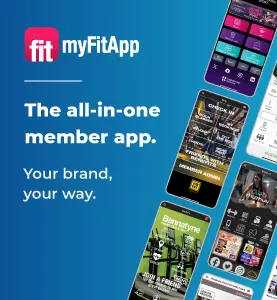A s health clubs align themselves more closely with wellness, exciting new opportunities are emerging.
Among these is the boom in wellness tourism, whose significant potential has been outlined in a new report, the Global Wellness Tourism Economy, unveiled at the first Global Wellness Tourism Congress in New Delhi in October.
The organisers of the event, which was held in conjunction with the 2013 Global Spa & Wellness Summit, commissioned SRI International to carry out the research to benchmark the global market. It revealed that the economic impact of wellness tourism is a huge US$1.3trn a year.
Wellness tourism already accounts for 14 per cent of total global tourism revenues and it’s forecast to grow on average 9.9 per cent annually over the next five years – nearly twice the rate of global tourism overall – reaching US$678.5bn, or 16 per cent of total tourism revenues, by 2017.
The researchers tracked two groups of wellness tourists: primary being those travelling specifically to maintain or enhance personal wellbeing, by visiting a destination spa or retreat; and secondary being those who travel for other reasons, but who want to maintain a healthy lifestyle on the road.
This might seem one step removed from the business model of a typical health club, but there are synergies that could strengthen relationships with existing members and forge links with new customers.
I’ve just returned from a Juice Master retreat – a week of juicing and exercise designed as a catalyst for lifestyle change – and see clear opportunities for collaboration.
Firstly, while retreats in general are a great kickstart, it’s easy to slip back to old ways when the stresses of everyday life return. Health clubs could partner with retreats to support returning wellness tourists with fitness and nutrition programmes, delivered in-club, to help them maintain healthy habits.
Alternatively, clubs could run their own retreats: residential stress management courses, hiking or yoga weekends. SRI found 84 per cent of wellness trips are domestic, and wellness tourists are also high yield: they spend, on average, 130 per cent more than the average global tourist. These are people who are willing to invest in their health, and a market well worth getting involved with.
My own experience also suggests a good proportion of wellness tourists are not current gym-goers, and aren’t likely to join a gym until they feel they’re in better shape. A retreat or spa is often seen as an accessible first step to better health, and so appeals to different audiences. But by the time they’ve completed their retreat – perhaps having dipped their toe into physical activity for the first time in years, losing a bit of weight, feeling mentally and physically better – they might be ready for the gym, again provided a seamless transition can be put in place.
Health clubs can serve the secondary wellness tourist market too, by making facilities available to travellers; models like payasUgym.com can help exploit this sector.
The opportunities are there for clubs to harness wellness tourism to drive revenue, build communities and attract new markets.























































